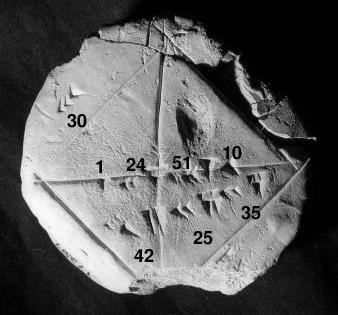Preamble
 |
| David Hume (Wikipedia) |
Definition of Heuristic Causal Inference (HeuristicCI) : Observational Data
Heuristics in general implies an algorithmic approximate solution, usually appear as numerical and statistical algorithms in causal inference whereby full RCT is not available. This can be formalised as follows,
Definition (HeuristicCI) Given dataset of $n-$dimensions $\mathscr{D} \in \mathbb{R}^{n}$ observation, having variates of $X=x_{i}$, with each having different sub-sets (categories within $x_{i}$), having at least one category of observations. We want to test causal connection between two distinct subsets of $X$, $\mathscr{S}_{1} , \mathscr{S}_{2}$, given an interventional versions or imagined counterfactual where by at least one of the subset is available, $\mathscr{S}_{1}^{int} , \mathscr{S}_{2}^{int}$. Using an algorithm $\mathscr{A}$ that processes dataset to test an effect size $\delta$ using a statistic $\beta$, as follows, $$ \delta= \beta(\mathscr{S}_{1} , \mathscr{S}_{1}^{int})-\beta(\mathscr{S}_{2} , \mathscr{S}_{2}^{int})$$ statistic $\beta$ can be result of a machine learning procedure as well and difference in $\delta$ is only a particular choice, i.e., such as Average Treatment Effect (ATE). The algorithm $\mathscr{A}$ is called HeuristicCI.
Many of the non-DAGs and do-calculus methods directly falls into this category, such as potential outcomes, uplift, matching and synthetic controls. This definition could be quite obvious to practitioners that has a good handle in mathematical definitions. Moreover, HeuristicCI implies solely data-driven approach to causality inline with Hume's pure-empirical view-point.
Primary distinction in practicing DAGs that it brings causal ordering naturally [suezen23pco] with scientist's cognitive process encoded, where by HeuristicCI search for statistical effect size that has a causal component in fully data-driven way. However, a HybridCI would entails using DAGs and do-calculus in connection with data driven approaches.
Conclusion
In this short exposition, we introduced HeuristicCI concept that category of methods that do not use DAGs and do-calculus explicitly in causal inference practice. However, we do not put a well designed RCTs in this category. Because, as a gold standard approach whereby properly encoded experimental design generates full interventional data reflecting scientist's domain knowledge.
References and Further reading
- Looper repo : A resource list for causality in statistics, data science and physics
- [suezen23pco] Practical Causal Ordering: Why weighted DAGs are powerful for causal inference?
- Related Wikipedia articles
Judea Pearl's framework for causality sometimes referred to as “mathematisation of causality”. However, “axiomatic foundations of causal inference” is fair identification, Pearl's contribution to the field is in par with Kolmogorov's axiomatic foundations of probability. Key papers of this axiomatic foundations are published in 1993 (back-doors) [1] and 1995 (do-calculus) [2].
Original works of Axiomatic foundation for causal inference:
[1] Pearl, J., “Graphical models, causality, and intervention,” Statistical Science, Vol. 8, pp. 266–269, 1993.
[2] Pearl, J., “Causal diagrams for empirical research,” Biometrika, Vol. 82, Num. 4, pp. 669–710, 1995.
._Fil%C3%B3sofo_ingl%C3%AAs%2C_tamb%C3%A9m_conhecido_como_o_%22doutor_invenc%C3%ADvel%22_(Doctor_Invincibilis)_e_o_%22iniciador_vener%C3%A1vel%22_(Venerabilis_Inceptor)%2C.jpg)


